1. Generally, you can determine the camera’s 35 mm equivalent focal range through its manufacturer’s official website, packaging or customer service (some manufacturers label it as “equivalent focal range”). Set the camera name, fill in “35 mm equivalent focal length”, and tap the application to complete the configuration.
2. For better modeling results, you may obtain all the camera’s parameters from its manufacturer, such as F, CX, CY, K1, K2, K3, P1, and P2 (take care to distinguish the units “px” and “mm”; note that a fisheye camera has K4), then tap “Advanced Settings”, select the lens type, and fill in all the relevant parameters.
3. If you are unable to obtain all the camera’s parameters (intrinsic, principal point, and distortion parameters) from its manufacturer, you may do so by calibrating through DJI Terra.
A. For calibrating DJI Terra, we recommend using photos of urban scenes (with minimal vegetation) captured on tilted flight paths. The recommended parameters are: flight altitude of 100 m, shutter speed of ≤ 1/400 s, camera distortion correction disabled, tilt angle of -45° (pitch), and 80% forward and 70% lateral overlap rate.
B. After importing the photos, set camera information such as “35 mm equivalent focal range” and perform an aerotriangulation computation, and you will find the camera’s optimization parameters under “Camera Calibration Info” in the Aerotriangulation Report (fill in this information again in DJI Terra and perform another aerotriangulation computation, and you will receive parameters that are more accurate).
C. If you are able to obtain the values of the camera’s F, CX and CY in the “px” unit, you may enter the three parameters in the Advanced Settings (“35 mm equivalent focal range” need not be filled in this time), then perform an aerotriangulation computation. The Aerotriangulation Report will provide all the camera’s parameters at greater accuracy.
D. If the camera’s F, CX and CY values can be obtained in the “mm” unit, its sensor width, height and pixel size must be filled in first (“35 mm equivalent focal range” need not be entered this time), before performing an aerotriangulation computation. The Aerotriangulation Report will provide all the camera’s parameters at greater accuracy.
4. Other third-party software can be used for calibrating the camera. However, note that CX and CY must be defined based on offsets relative to an image’s origin in its upper left corner.


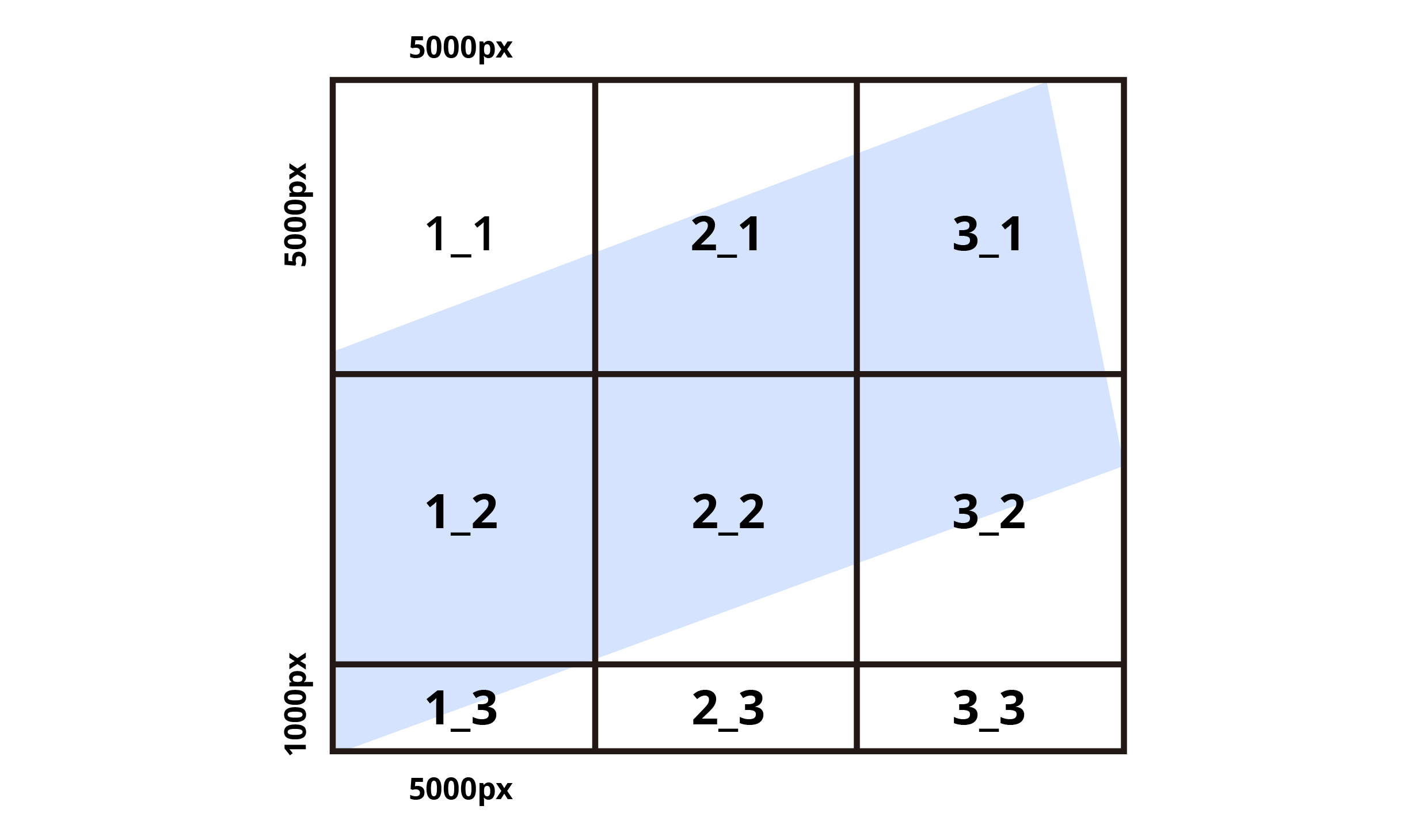
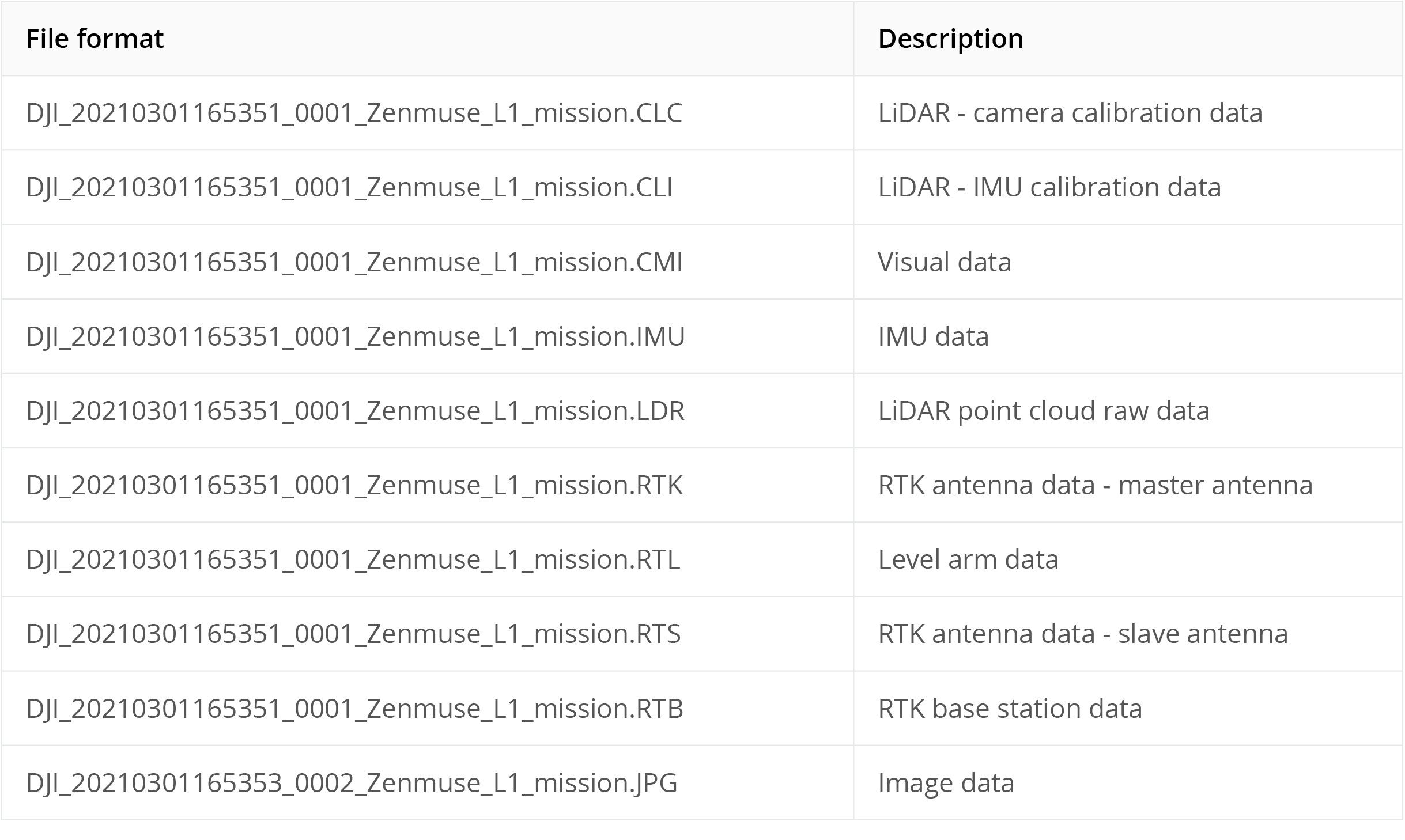
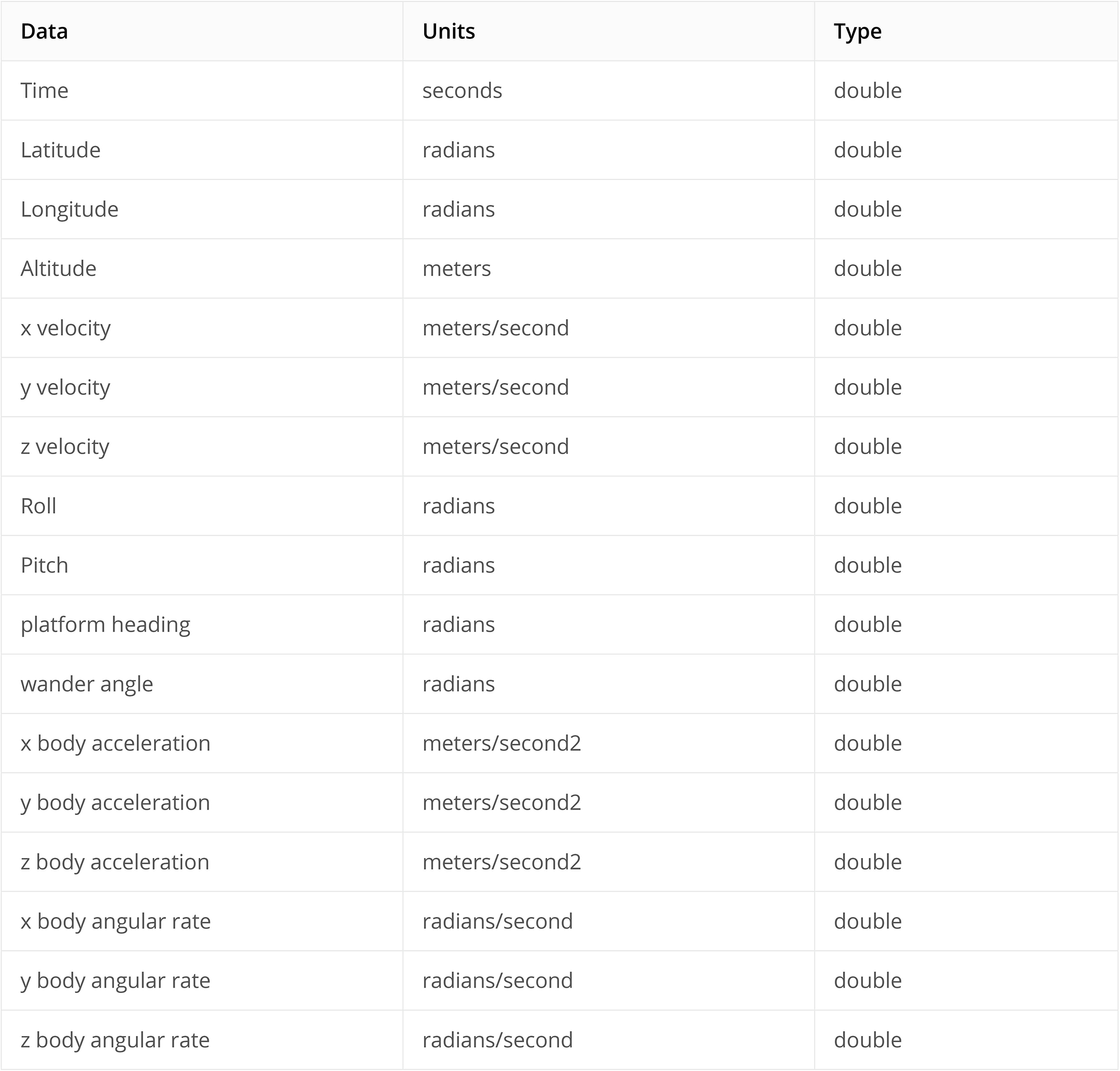
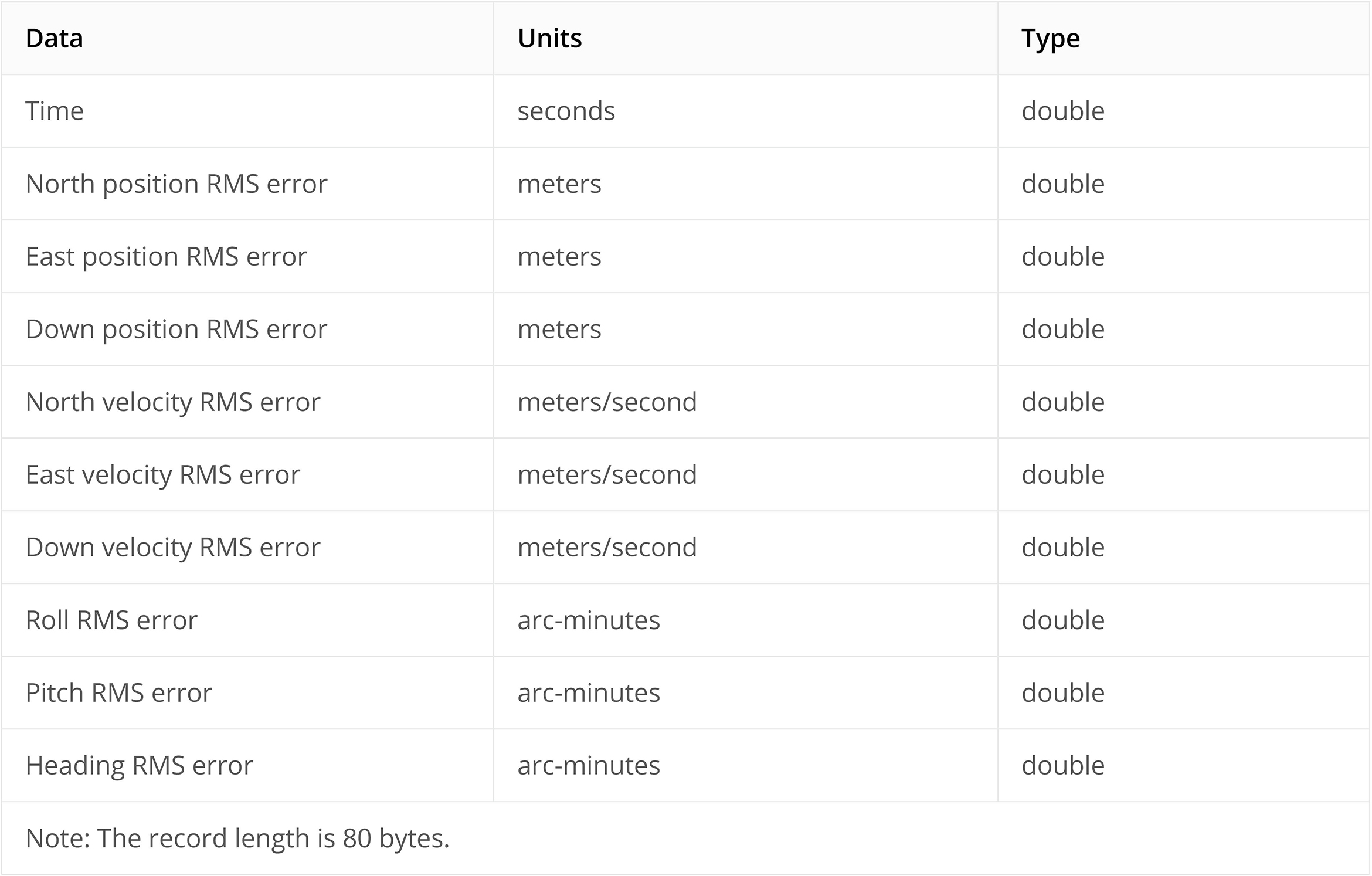
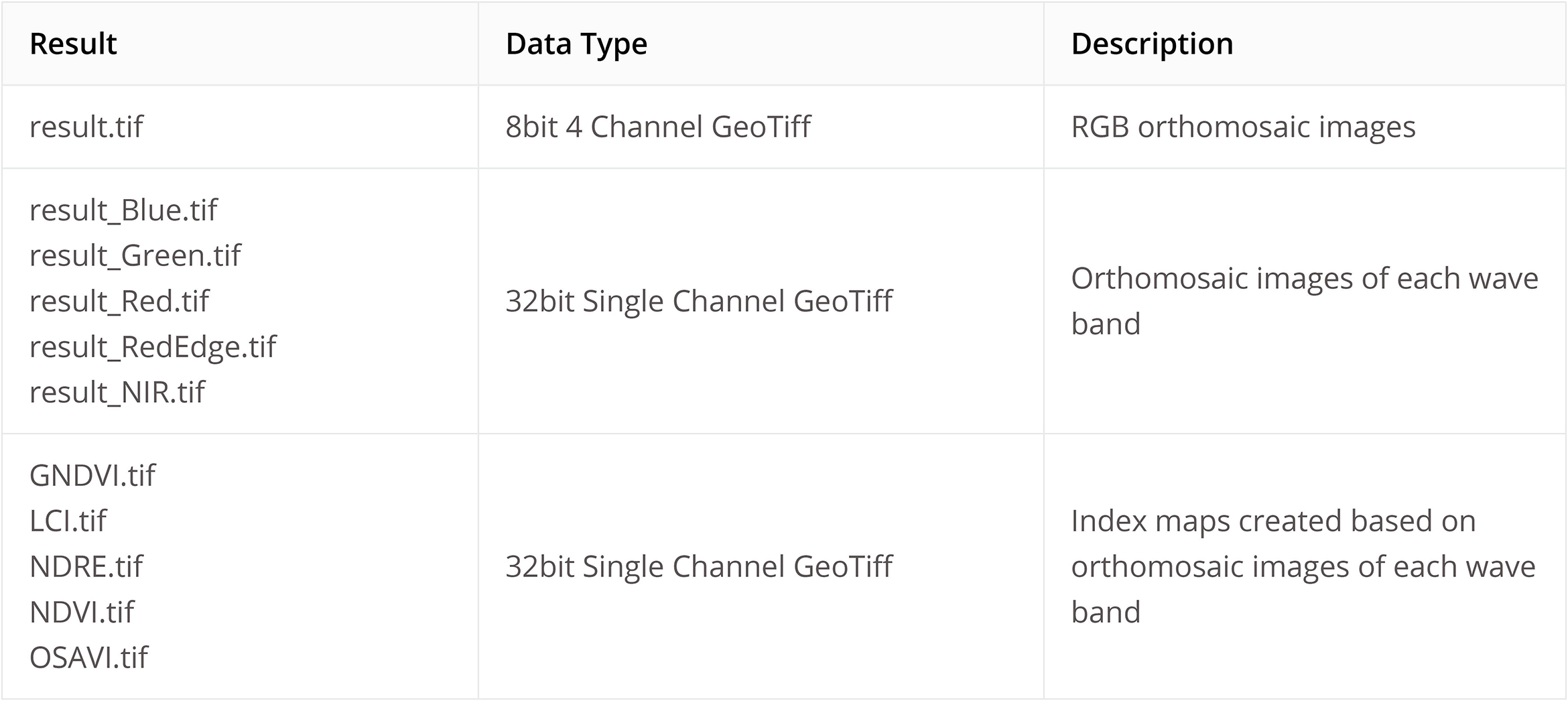
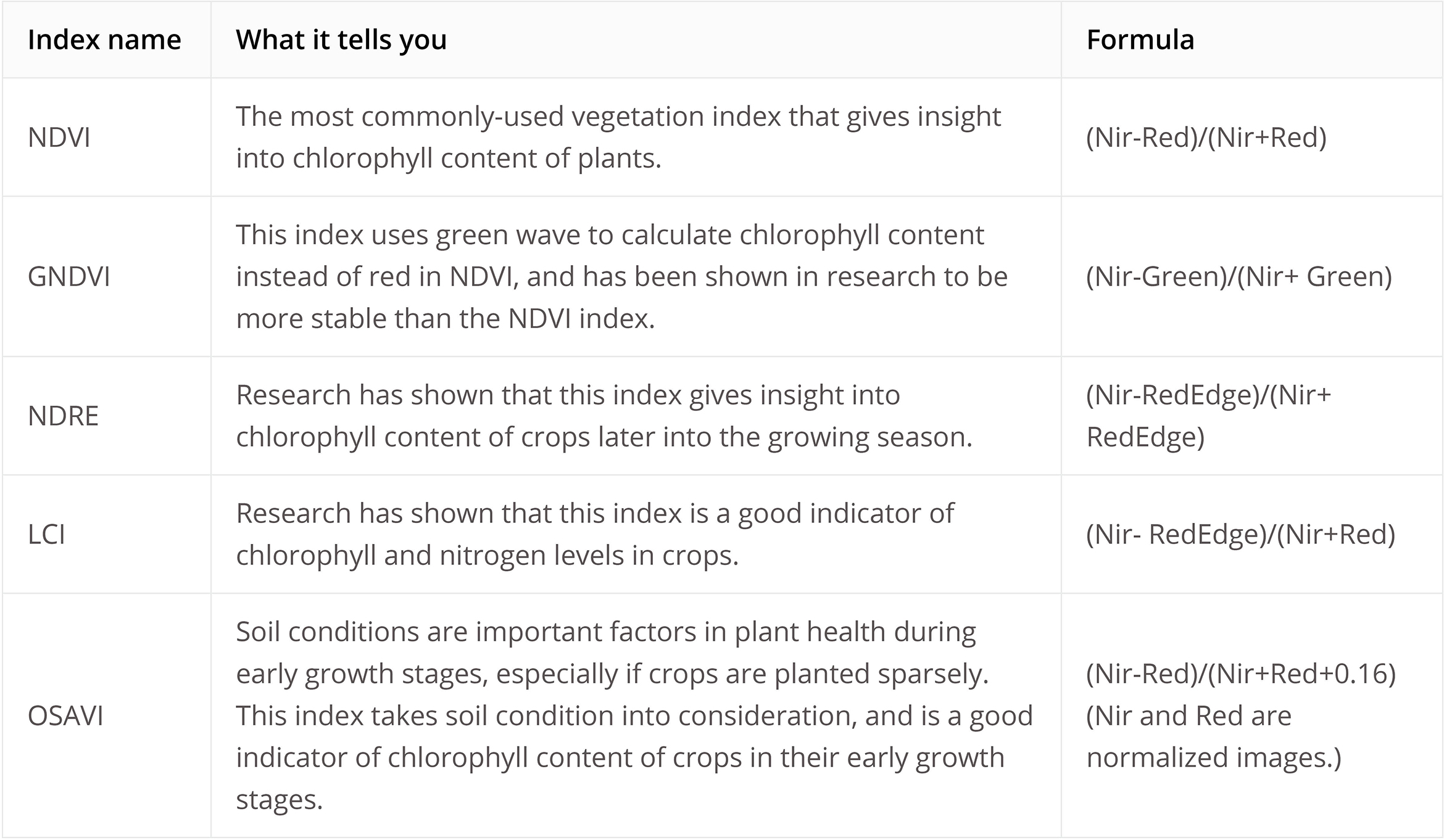
 >>
>>  >> Cache directory.
>> Cache directory.